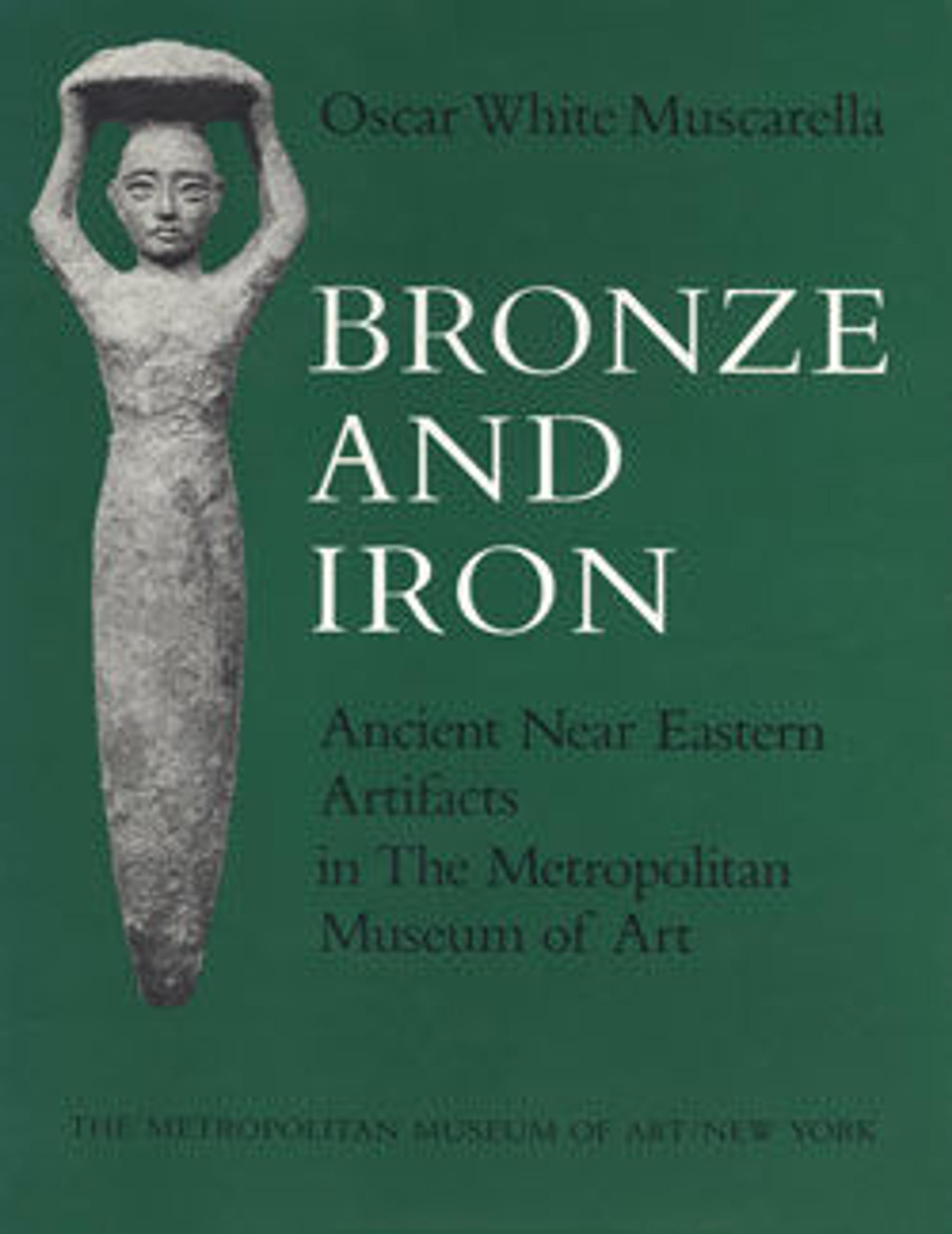Standing bull
By the middle of the first millennium B.C., kingdoms had emerged in southern Arabia based on a monopoly of two of the most prized materials of ancient times, frankincense and myrrh, which are native to the region. Every temple and wealthy home in the Mediterranean and Near East burnt these incense resins on altars. Saba was initially the most important kingdom but others, such as Qataban and Ma'in, grew to rival it in power.
Bronze castings of large sculptures, as well as smaller objects, were made through most of the first millennium B.C. and the early centuries A.D. in southwestern Arabia. Among the types of animal images, bulls—a symbol of strength and potency—are the most common and can be found on funerary stelae, seals, and sculptures of the period.
Bronze castings of large sculptures, as well as smaller objects, were made through most of the first millennium B.C. and the early centuries A.D. in southwestern Arabia. Among the types of animal images, bulls—a symbol of strength and potency—are the most common and can be found on funerary stelae, seals, and sculptures of the period.
Artwork Details
- Title: Standing bull
- Date: ca. mid-1st millennium BCE
- Geography: Southwestern Arabia
- Medium: Bronze
- Dimensions: 8 3/4 × 8 3/4 × 3 1/16 in. (22.2 × 22.2 × 7.8 cm)
- Credit Line: Rogers Fund, 1947
- Object Number: 47.100.85
- Curatorial Department: Ancient West Asian Art
More Artwork
Research Resources
The Met provides unparalleled resources for research and welcomes an international community of students and scholars. The Met's Open Access API is where creators and researchers can connect to the The Met collection. Open Access data and public domain images are available for unrestricted commercial and noncommercial use without permission or fee.
To request images under copyright and other restrictions, please use this Image Request form.
Feedback
We continue to research and examine historical and cultural context for objects in The Met collection. If you have comments or questions about this object record, please contact us using the form below. The Museum looks forward to receiving your comments.
